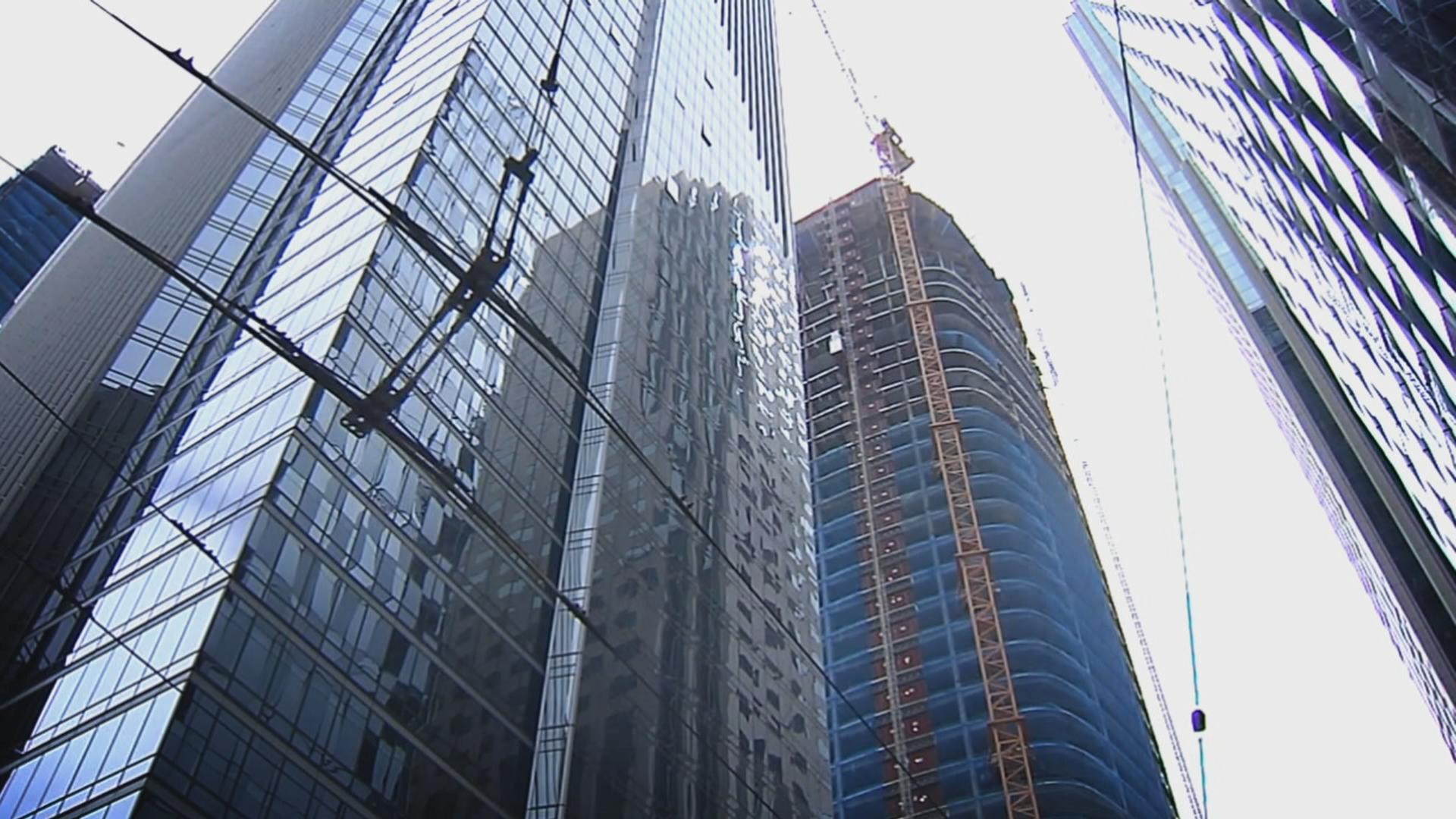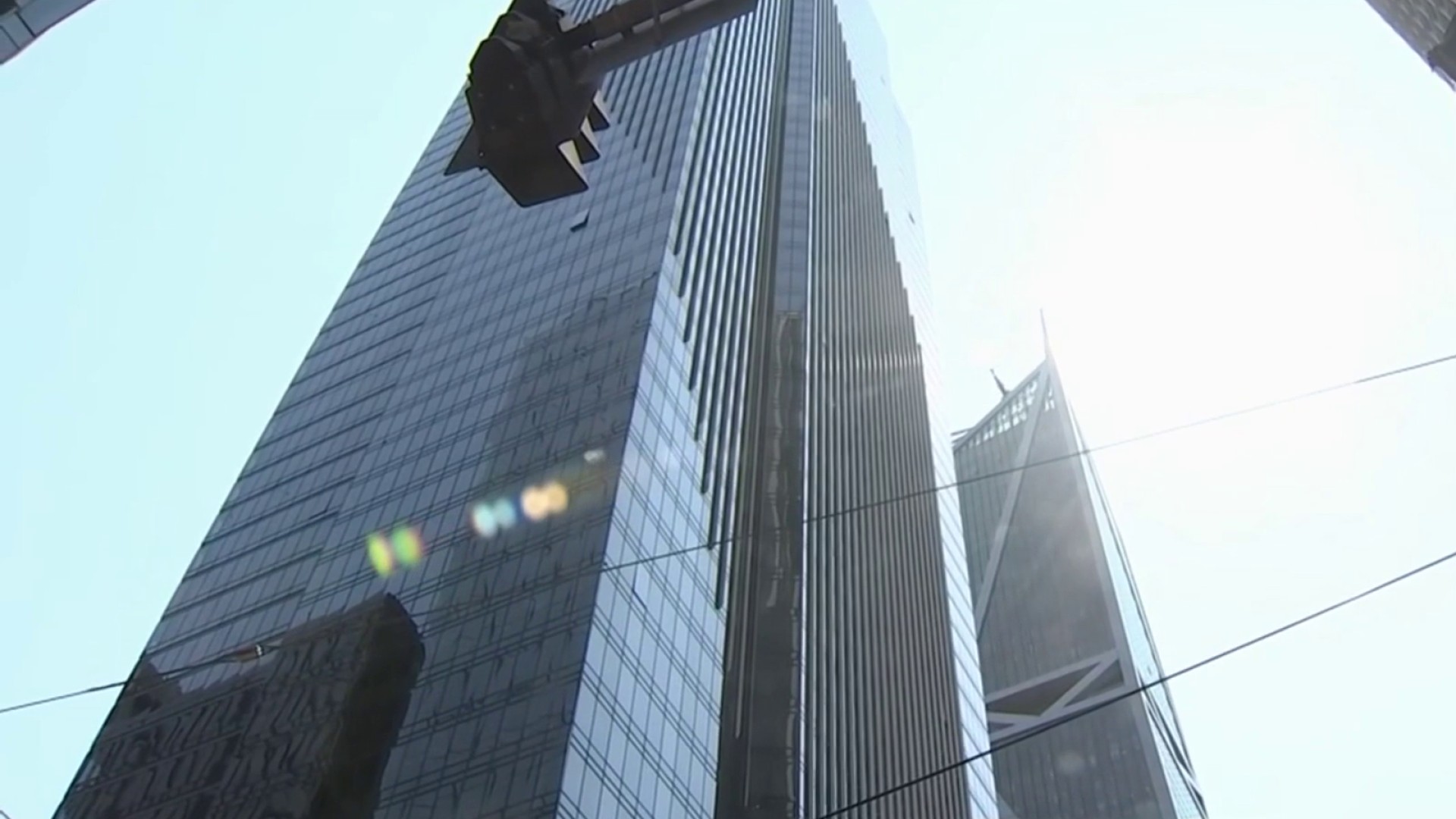The designer of the troubled fix for the sinking and tilting Millennium Tower recently briefed city officials about an especially unpleasant potential byproduct of the building’s settlement – sewer backups, NBC Bay Area’s Investigative Unit has learned.
“Sewer lines must slope (minimum of 1/8” per foot) to enable efficient flow of material,” Ron Hamburger stated in an email to city officials in late August. He identified at-risk drains that currently slope south and east – going against the current northwest tilt – saying those lines “will experience decreased slope and may become a problem.”
The sewer system alert was part of an assessment of the building’s “functionality” since the building tilted another five inches during work that began in May on the so-called fix. That project is currently on hold pending testing and analysis of what triggered the unexpected, accelerated settlement.
Hamburger told city officials that experts are assessing the strain on vertical pipes due to the tilting, while engineers have found no signs of “distress” in the elevator system.
With the building now tilting 22 inches to the west, experts predict the sewer problem will get worse, as the tilting has flattened the angle of some drain lines by as much as 25 percent.
Already, drains in the third floor owner’s lounge kitchen are experiencing “some plugging,” Hamburger said in his email summary to city officials, and now must be “maintained with periodic chemical flushing.”
“It may be necessary to adjust this and other lines to re-establish slope” Hamburger noted in a presentation he gave to city officials.
“There’s an issue of not having enough slope or too much slope, you can have problems either way,” says Mark Savel, an architect and contractor with three decades’ experience of analyzing building failures, like the 2015 Berkeley balcony collapse.
“You can expect a clog or the system to back up -- that’s why the existing system should be inspected and monitored,” Savel says.
Get a weekly recap of the latest San Francisco Bay Area housing news. Sign up for NBC Bay Area’s Housing Deconstructed newsletter.
In the meantime, residents risk losing entire wood floors and walls given the health hazard associated with any massive backups, Savel says. He adds, the risk is especially high when people use the system at once.
“Those days when you have the house full of people, celebrate a holiday or have a special occasion,” he says, “that’s the day you end up calling Roto-Rooter. Because the system you have is being put to the ultimate test.”
Savel says building managers should first order a video inspection of all the lines with an eye to identify immediate risks and long-term problems.
Any final fix, he says, which would mean adjusting the level of hundreds of pipes to allow for proper flow, should await a full stabilization of the sinking and tilting structure.



